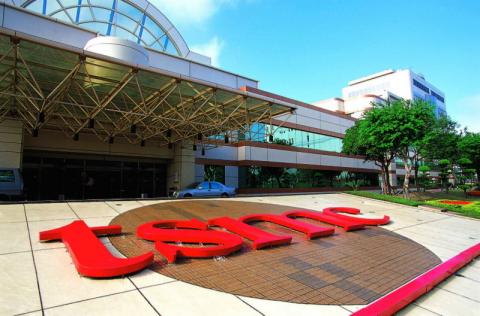 Israel-based Weebit Nano was established in 2014 with an aim to commercialize Rice University's SiOx RRAM technology. Weebit is progressing towards it stated goal of producing a 40nm RRAM Silicon Oxide working cell by the end of 2017.
Israel-based Weebit Nano was established in 2014 with an aim to commercialize Rice University's SiOx RRAM technology. Weebit is progressing towards it stated goal of producing a 40nm RRAM Silicon Oxide working cell by the end of 2017.
Coby Hanoch was recently appointed as the company's new CEO, and was kind enough to answer a few questions we had. Coby was VP Worldwide sales at Verisity where he was part of the founding team and grew the company to over $100M sales per year. He was also VP Worldwide sales at Jasper. Mr Hanoch holds a Bachelor of Science in Systems Design from Technion – Israel Institute of Technology.
Q: Coby, you recently joined Weebit as a CEO. What made you excited about Weebit's technology and business?
I believe Weebit’s technology has great potential, especially considering the fact that it is based on standard materials and tools, so once we finish the development we should be able to move more easily into production than other emerging memory technologies I have come across. In addition, and probably more important than the technology, a key driver to the success of a company is the team, and I was very impressed by Weebit’s team and the atmosphere in the company.

